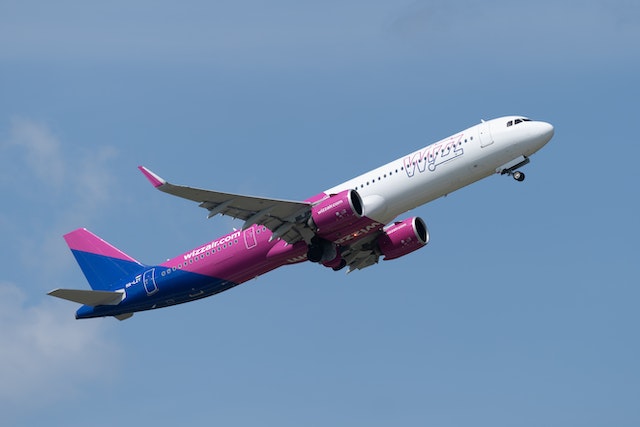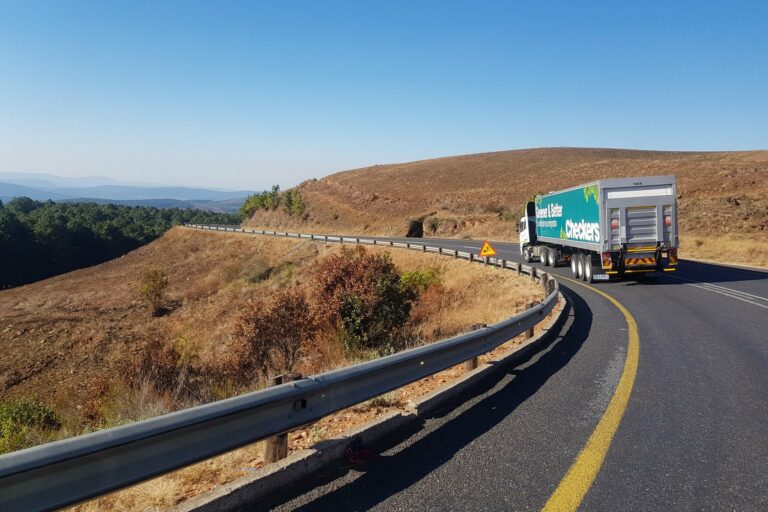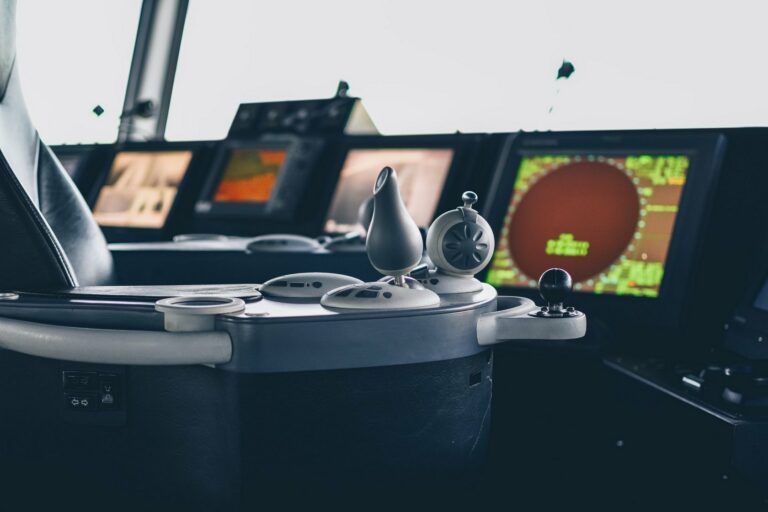Cargo aviation is the newest and least demanded type of transport. Its main advantage is the speed of delivery, the main disadvantage is the high cost of transportation, which is sometimes outweighed by the speed of delivery, which allows to abandon other elements of the structure of logistics costs associated with the maintenance of warehouses and stocks. Although the range of air transportation is not limited, it still accounts for less than 1% of the total intercity freight turnover (expressed in ton-miles). The capacity of air transport is constrained by the carrying capacity and cargo capacity of aircraft, as well as their limited availability.
Traditionally, intercity freight transportation has relied mostly on passenger-haul flights, which has been profitable and economical, but has resulted in a loss of flexibility and delayed technical development. Jetliner freight is expensive, and demand for such transportation is irregular, so there is a very small fleet of aircraft exclusively engaged in cargo transportation.
Air transport has lower fixed costs than rail, water, or pipelines. The fixed costs of air transport include the costs of purchasing airplanes and, if necessary, special handling equipment and containers. Variable costs include kerosene, aircraft maintenance, and flight and ground personnel.
Because airports require very large open spaces, air transportation is generally not integrated with other modes of transportation, with the exception of automobile transportation.
A wide variety of cargoes are transported by air. The main peculiarity of this type of transport is that it is used for cargo delivery mainly in case of emergency and not on a regular basis. Thus, the main cargoes transported by air are either expensive or perishable goods where high transportation costs are justified. Potential targets for air cargo shipments are also such traditional products for logistics operations as assembly parts and components, goods sold through mail catalogs.






